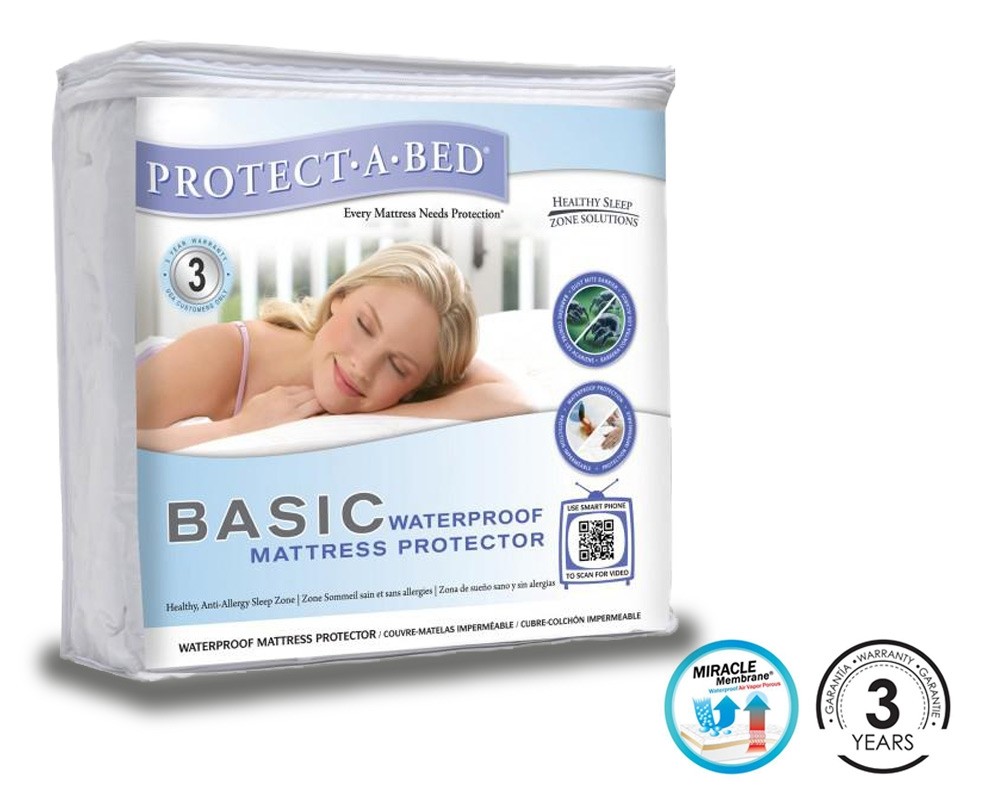
A good night’s sleep is essential for overall well-being, and your mattress plays a crucial role in ensuring that you get the rest you need. However, regular use without a mattress protector can lead to the accumulation of dust, dead skin cells, and unpleasant odours, impacting both the lifespan of your mattress and your health. In this blog, we’ll explore effective mattress cleaning routines and tips to maintain a fresh and healthy sleeping environment.
- Vacuuming: The Foundation of Mattress Hygiene
Start your deep cleaning routine by vacuuming your mattress on both sides. This step is crucial in removing dust and dead skin cells that naturally build up over time. If allergies or skin conditions are a concern, use a steamer before vacuuming to kill and remove dust mites lurking near the surface. Regular vacuuming helps in keeping your mattress hygienic and contributes to a healthier sleep environment. (Tip: Don’t be too vigorous, you don’t want to dislodge any fillings because this will cause uncomfortable lumps and bumps)
- Airing: Let Your Mattress Breathe
After vacuuming, allow your mattress to ‘air’ before putting on clean sheets. Ideally, place it outside in the sun, as sunlight helps kill bacteria and dries out moisture build-up. If outdoor airing isn’t possible, a well-ventilated, sunlit room will suffice. Flip the mattress after at least two hours to ensure both sides receive the benefits of airing. This simple step enhances the freshness of your mattress and extends its longevity.
- Deodorizing: Say Goodbye to Unpleasant Odors
Over time, mattresses can develop odors due to sweat and moisture. Avoid using chemical-laden deodorizers; instead, opt for a natural solution. Dust a light sprinkling of baking soda over the mattress surface, optionally adding a few drops of essential oil for a pleasant scent. Leave it for at least an hour, allowing the baking soda to lift dirt and act as a natural deodorizer. Afterward, thoroughly vacuum the mattress. This simple yet effective technique leaves your mattress smelling fresh without relying on harsh chemicals.
- Regular Rotation: Maintain Shape and Longevity
To prevent dips and extend the life of your mattress, consider rotating it every 1-3 months. This step is especially crucial unless you have a no-turn mattress, such as a foam mattress. Additionally, using a mattress topper can help prevent stains, as it is easily machine-washed and replaceable in case of spills.
- Addressing Stains: A Comprehensive Approach
Sweat Stains:
Considering the average person sweats out approximately half a pint of perspiration every night, addressing sweat stains is essential. Avoid using bleach, as it can worsen the stain. Instead, try these top-rated home remedies:
- Soapy Water
- Mix 2oz of powdered detergent with 300ml of warm water.
- Apply a thin layer to the stain, rub with a sponge until faded.
- Wipe with a clean sponge and allow to dry.
- Borax
- Dampen the stain, rub Borax gently in a circular motion.
- Allow Borax to dry, then vacuum. Repeat if necessary.
Urine Stains:
Urine stains pose a unique challenge, as both the stain and odor must be addressed. For fresh stains:
- White Vinegar
- Blot up excess urine with paper towels.
- Spray a white vinegar solution on the stain, blotting with a paper towel.
- Repeat to remove both stain and odour, then air dry.
- Carpet Cleaner
- Blot up excess urine and follow carpet cleaner instructions on the mattress.
For old, dried urine stains:
- Disinfectant
- Sponge with a cold solution of washing-up liquid or upholstery cleaner.
- Rinse with cold water and disinfectant, allowing thorough drying.
- Good Old Vinegar & Baking Soda
- Dilute vinegar, spray on the stain, blot dry.
- Sprinkle baking soda, leave overnight, then vacuum the next day.
Pet Urine Stains:
Enzyme cleaners are recommended for pet urine stains:
- Blot up as much urine as possible.
- Apply enzyme cleaner, following instructions.
- Repeat if necessary and allow to air dry.
Conclusion:
Regular mattress cleaning is not just about maintaining a fresh appearance; it’s a crucial aspect of promoting a healthy sleep environment. By incorporating these cleaning routines and tips into your regular schedule, you’ll not only extend the life of your mattress but also contribute to a better night’s sleep and overall well-being. Remember, a clean mattress is the foundation of quality sleep! Once your mattress is clean and dry please consider using a mattress protector. They can be both cool and breathable and 100% waterproof and dust proof and are easily washable and tumble dryer friendly. Your mattress should be one of your most important possessions it makes sense to protect it.